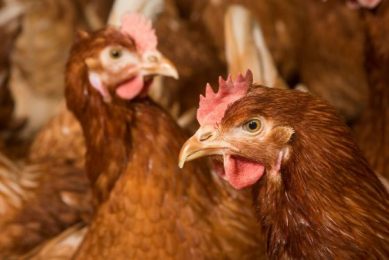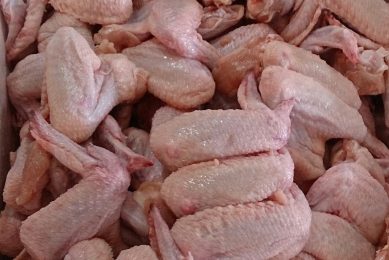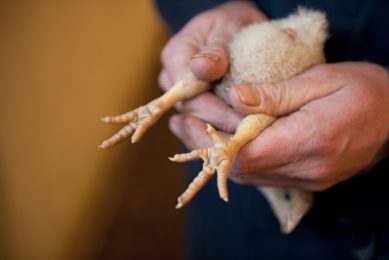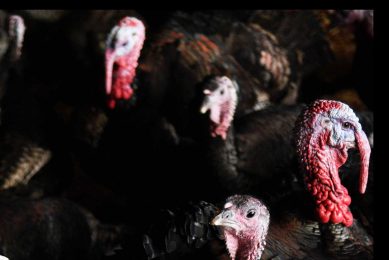Heat pumps offer low energy heating for poultry
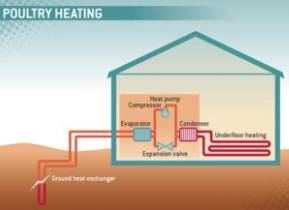
Under floor heating offers many cost savings to poultry businesses, but to get the full benefit, it needs to be coupled up with a sophisticated control system and a renewable source of heat, Farmers Weekly Interactive reports.
The biggest difference between traditional underfloor heating and gas heating is that it uses radiant heating rather than convection, says Damian Baker of Norwich-based RenEnergy. “This means you do not get hit by waves of heat.”
It also delivers heat where you need it. People tend to feel most comfortable with a temperature profile at their feet with warmer air and cooler air around the head. It is similar with birds, but traditional convection heaters give you the opposite.
Furthermore, with gas burners you get high rates of convection, which leads to bugs and air currents moving around the house committees.
Another advantage of underfloor heating is that litter is dryer, which is better for the health of the birds’ feet.
Relatively new system
In contrast with domestic and industrial uses, underfloor systems are still in their infancy in the farming sector.
Baker also believes some producers are missing out on some of the potential cost savings because of poor control over water flow rates and temperature in the piping.
“Existing systems that I have visited use a fixed flow rate, which means systems for poultry are operating at a higher temperature than water that is necessary.
“With modern systems, you can control the air temperature and set a minimum / maximum for the floor, therefore, giving you the right balance of heat.
Fuel savings are further enhanced with the weather compensated flow temperature function, reducing the heat input on warmer days.
It automatically Adjusting the flow temperature using temperature probes outside the shed and buried in the floor.
“By having this extra control, you can save an additional 10-15% in running costs of under floor heating systems,” he says.
Full article for further reading @ Farmers Weekly




